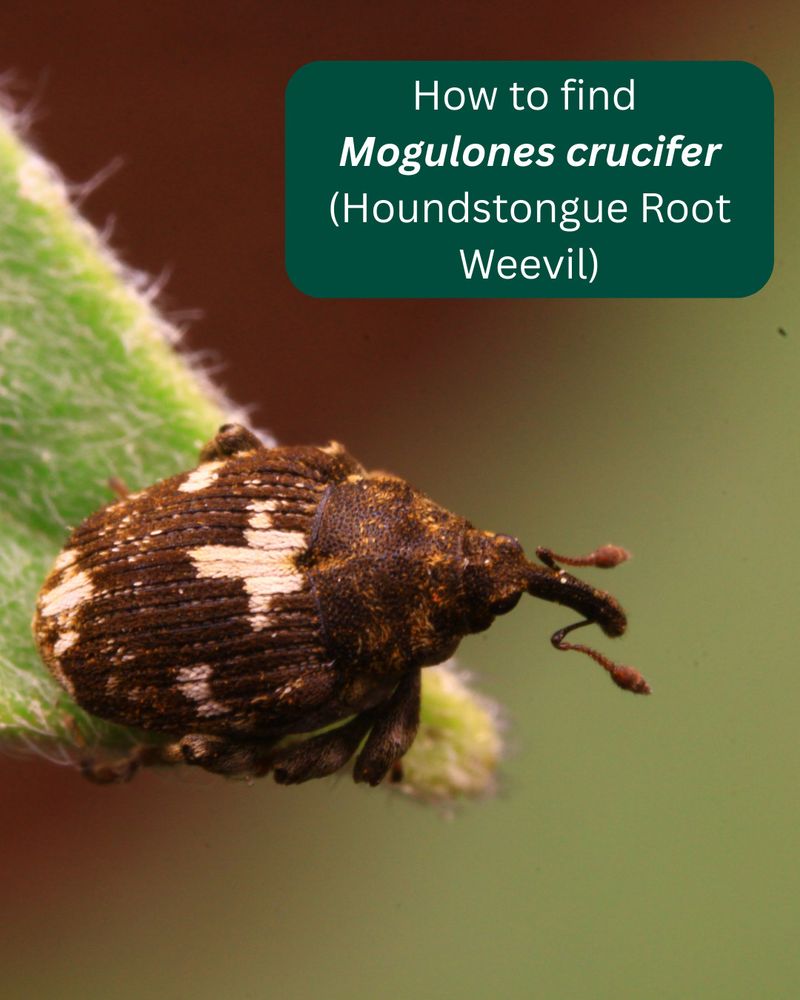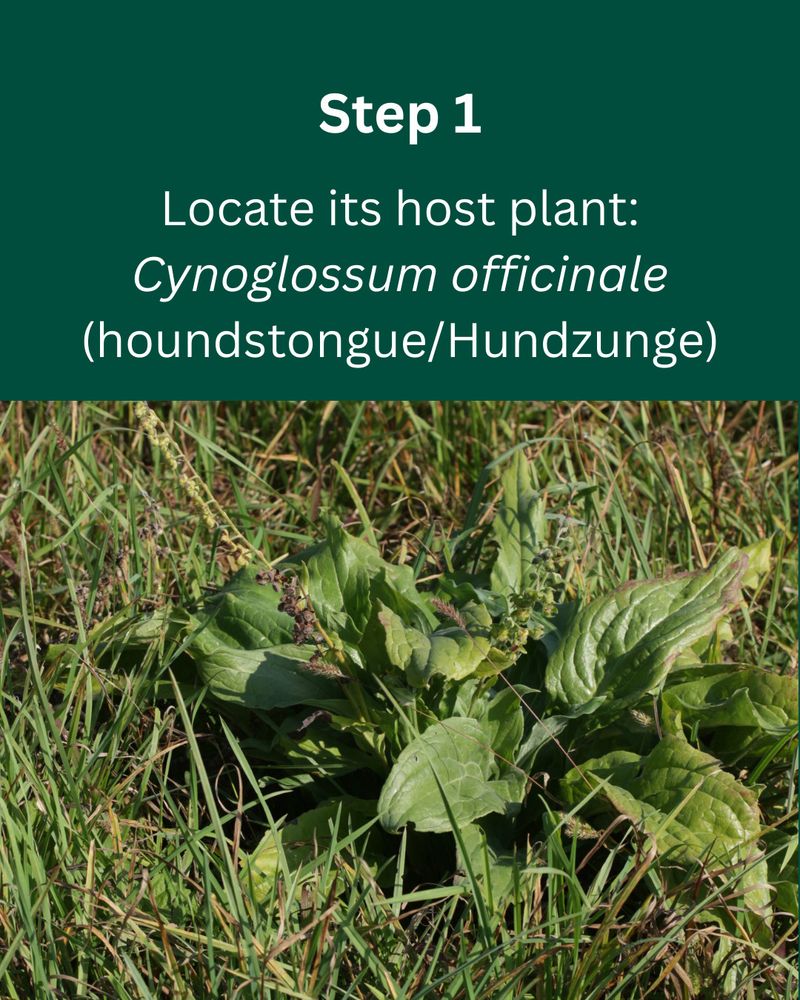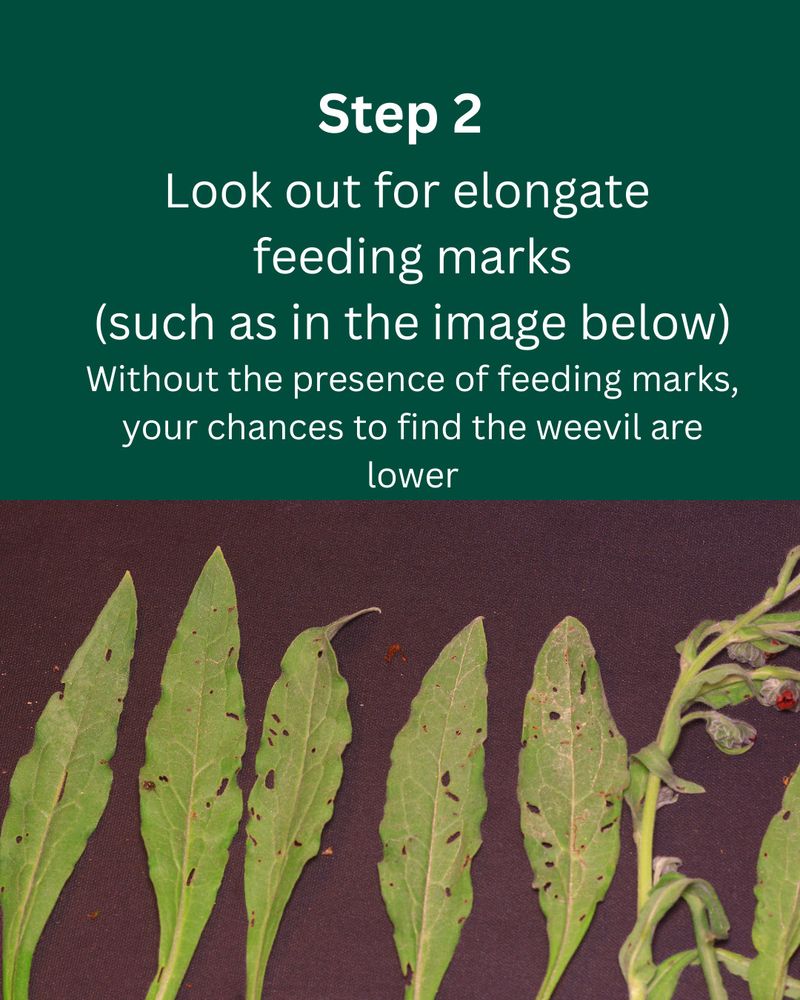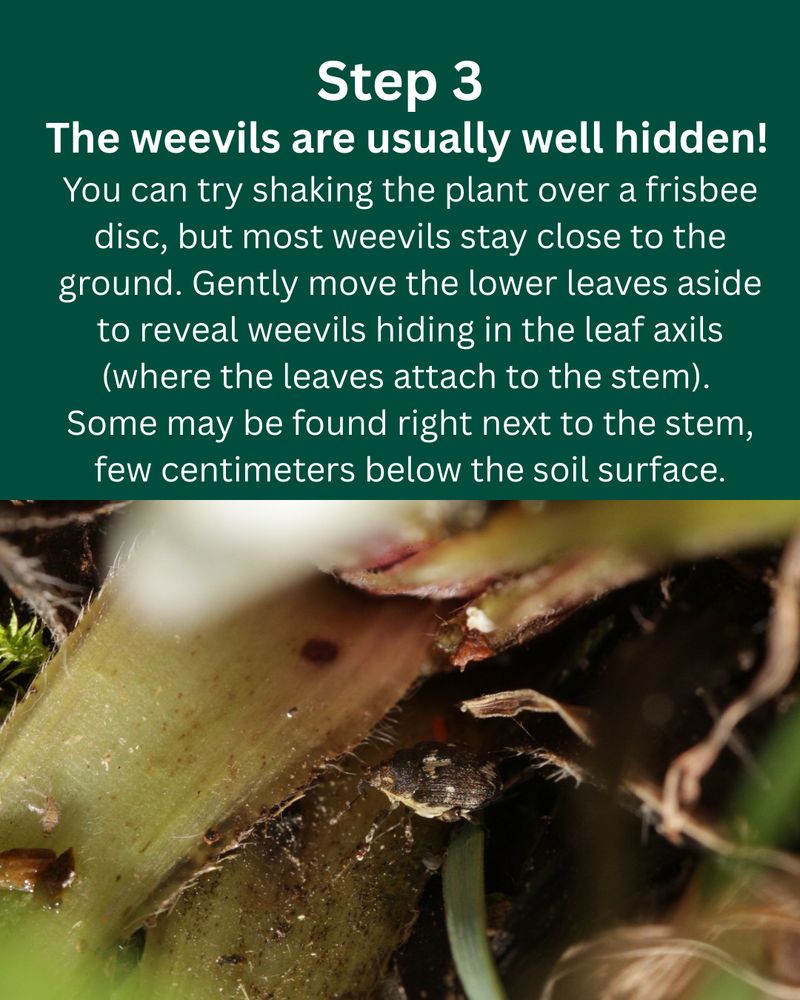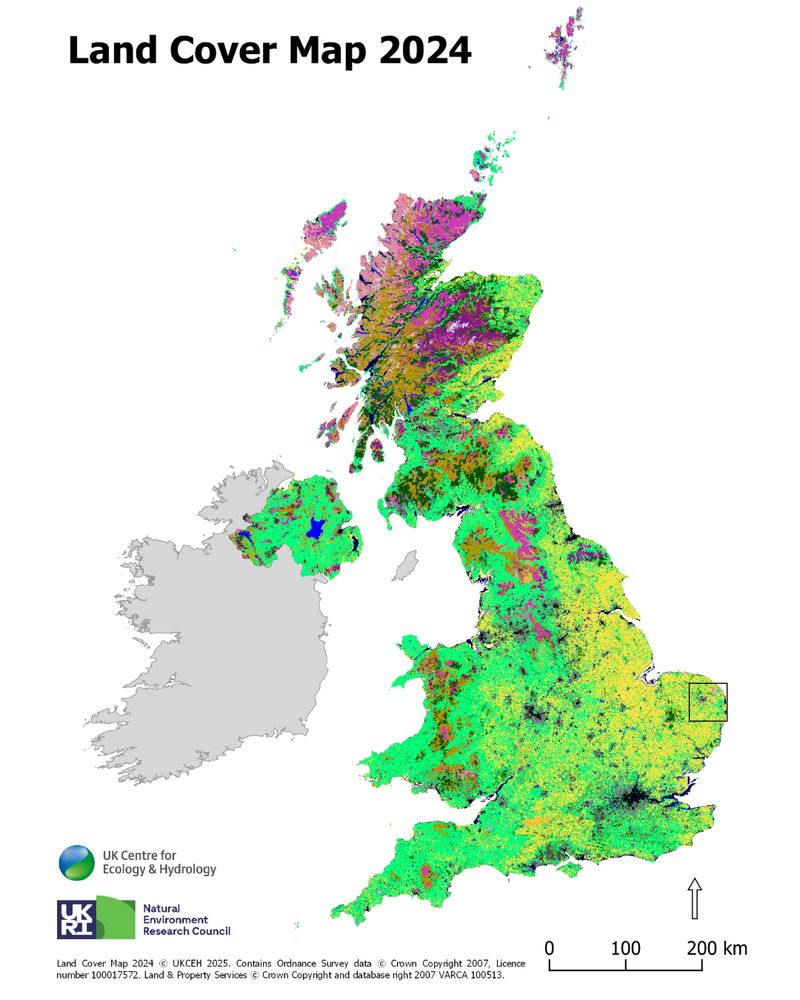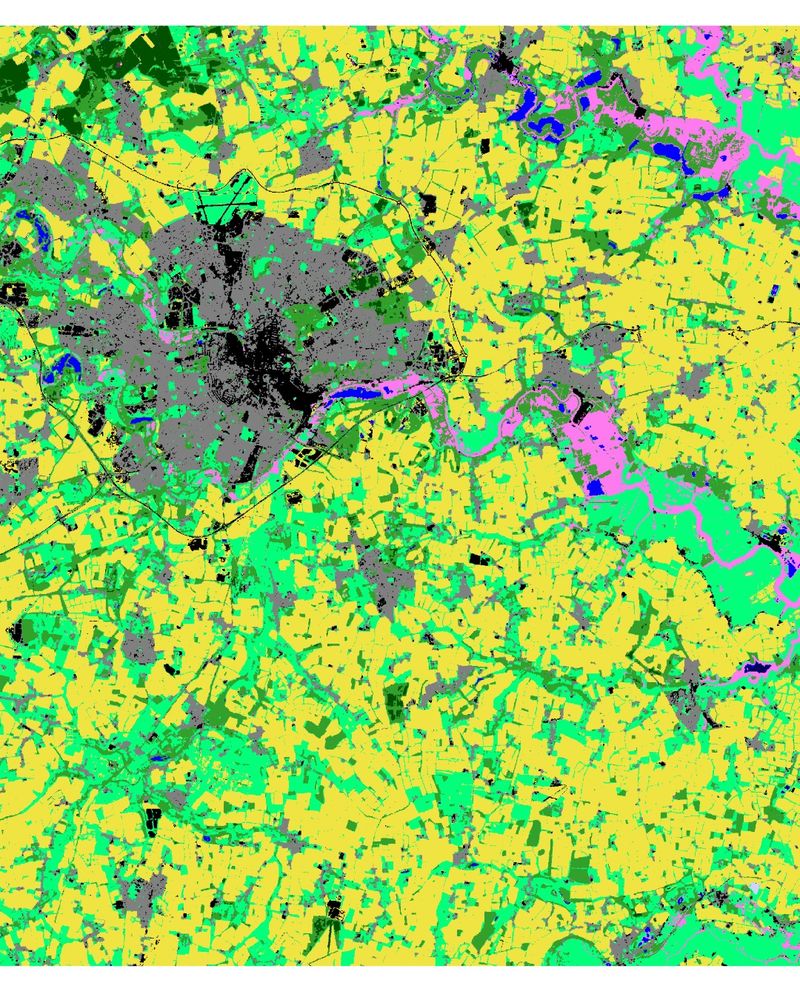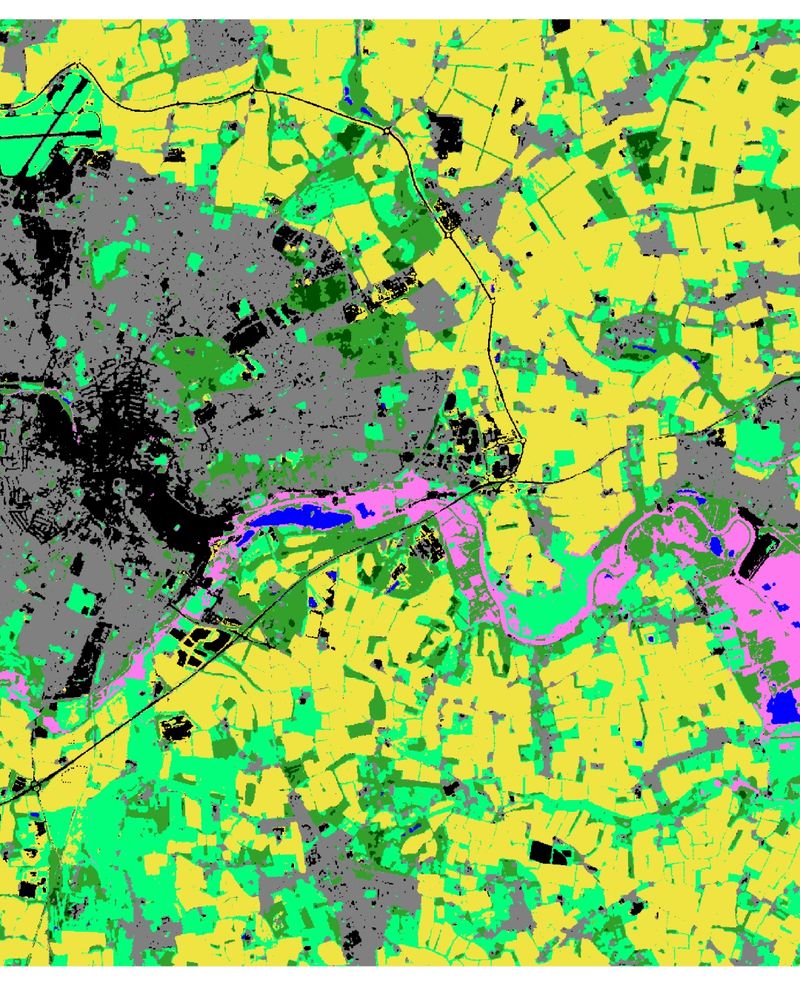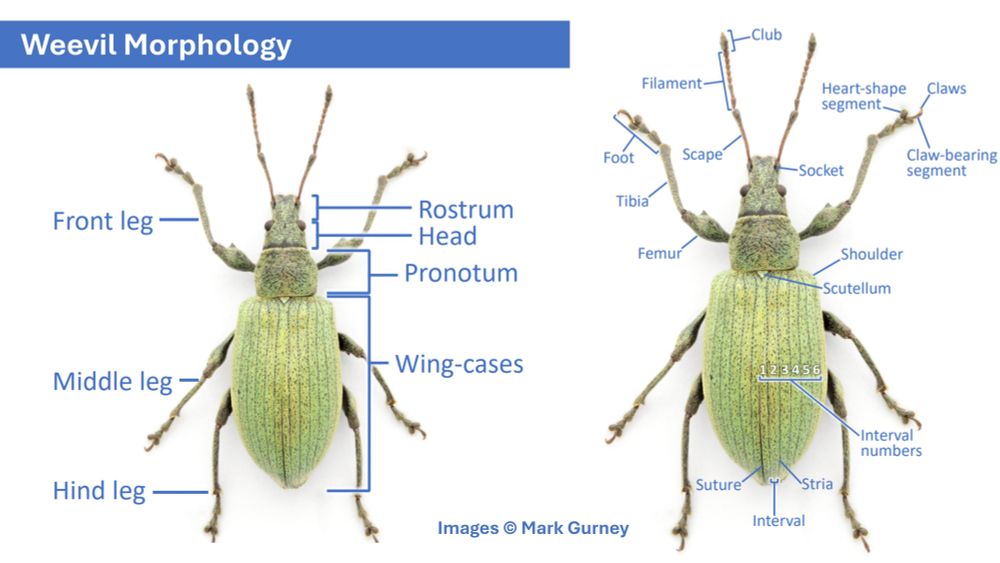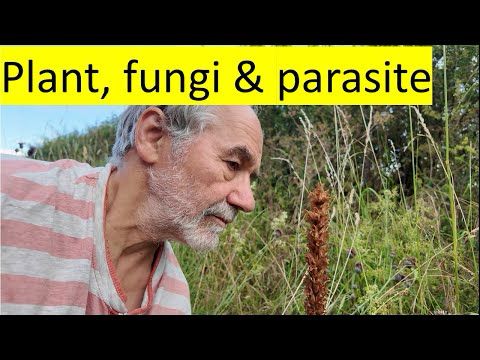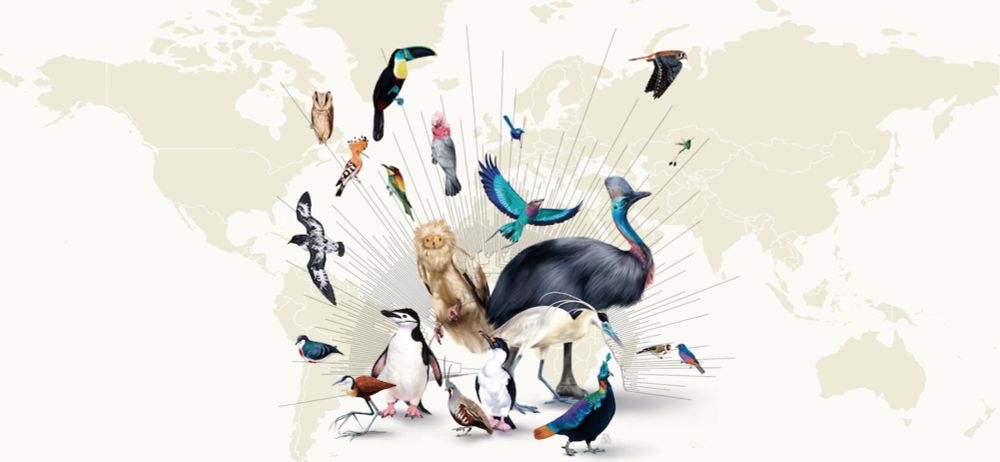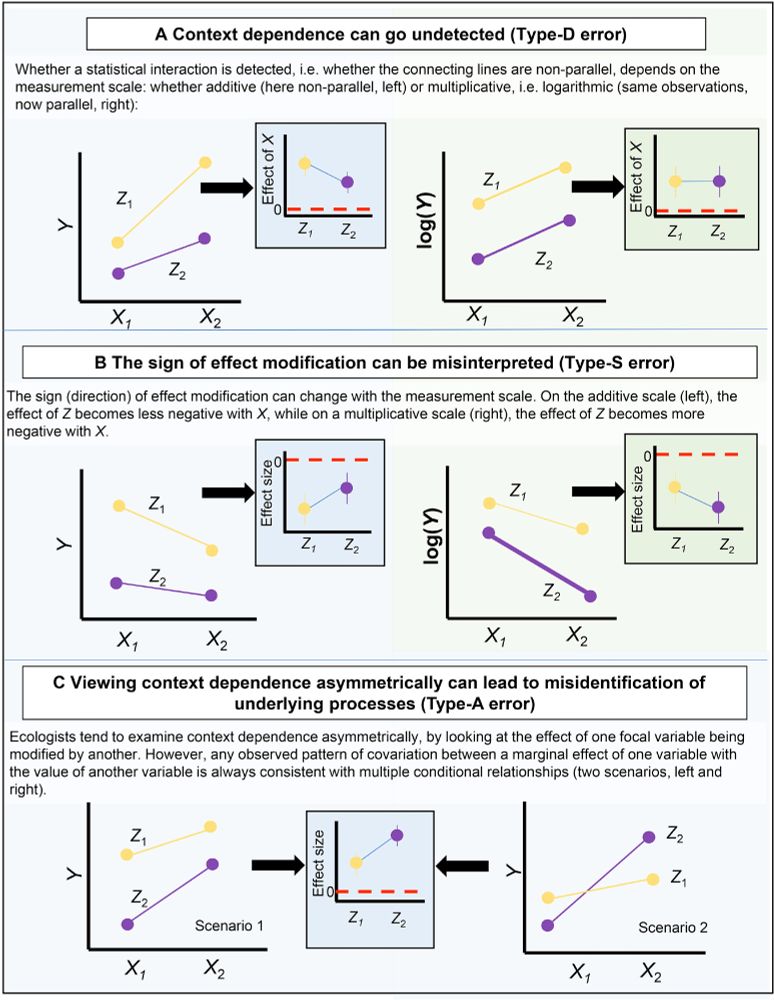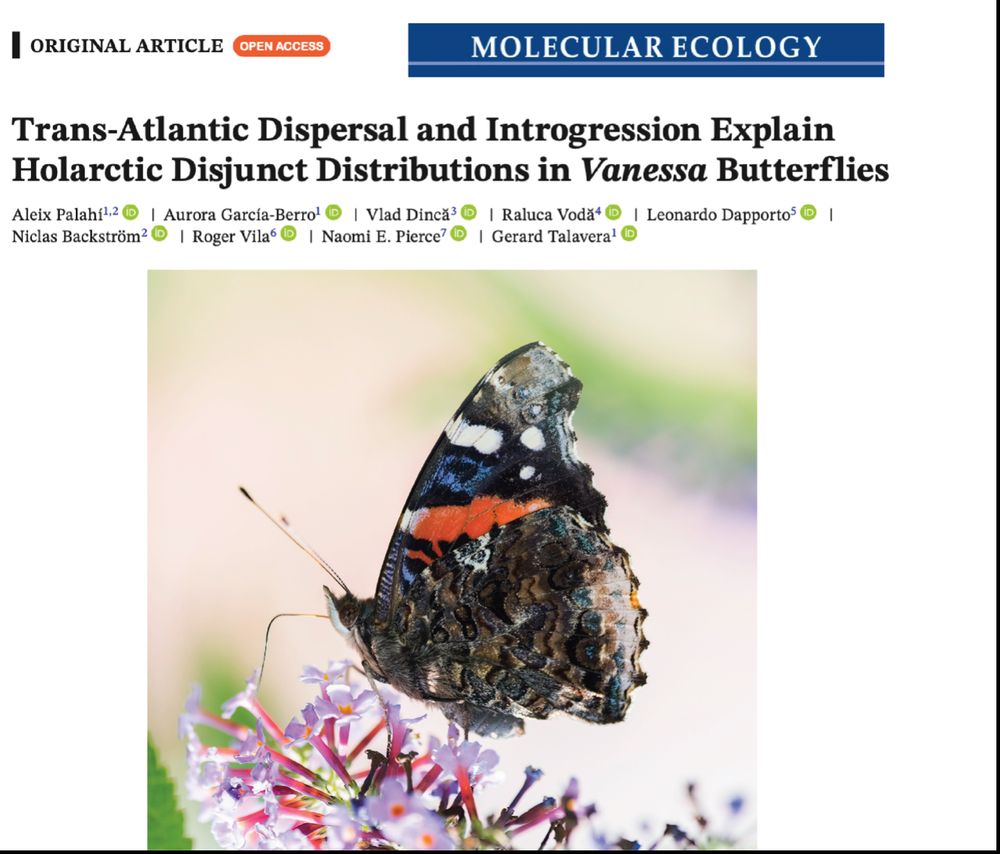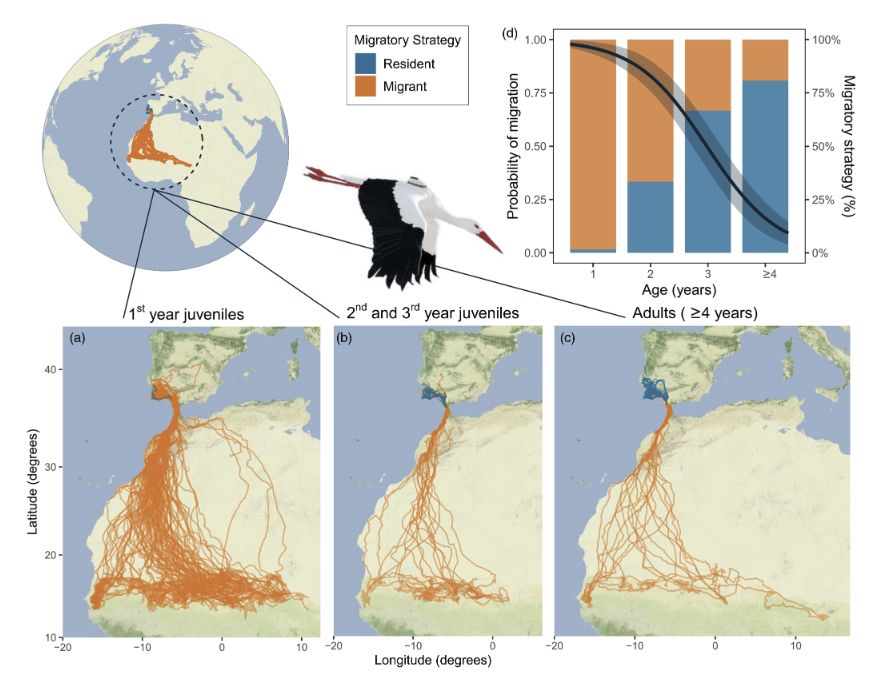Mark Gurney
@markgurn.bsky.social
430 followers
71 following
12 posts
I’m here for birds, insects, plants, and kind people. 🏳️🌈 he/him
Posts
Media
Videos
Starter Packs
Reposted by Mark Gurney
Reposted by Mark Gurney
Reposted by Mark Gurney
Reposted by Mark Gurney
Reposted by Mark Gurney
Reposted by Mark Gurney
Reposted by Mark Gurney
Reposted by Mark Gurney
Reposted by Mark Gurney
Reposted by Mark Gurney
Reposted by Mark Gurney
Reposted by Mark Gurney
Reposted by Mark Gurney
Mark Gurney
@markgurn.bsky.social
· Jun 13
Mark Gurney
@markgurn.bsky.social
· May 30
Reposted by Mark Gurney
Reposted by Mark Gurney
Reposted by Mark Gurney
Reposted by Mark Gurney







